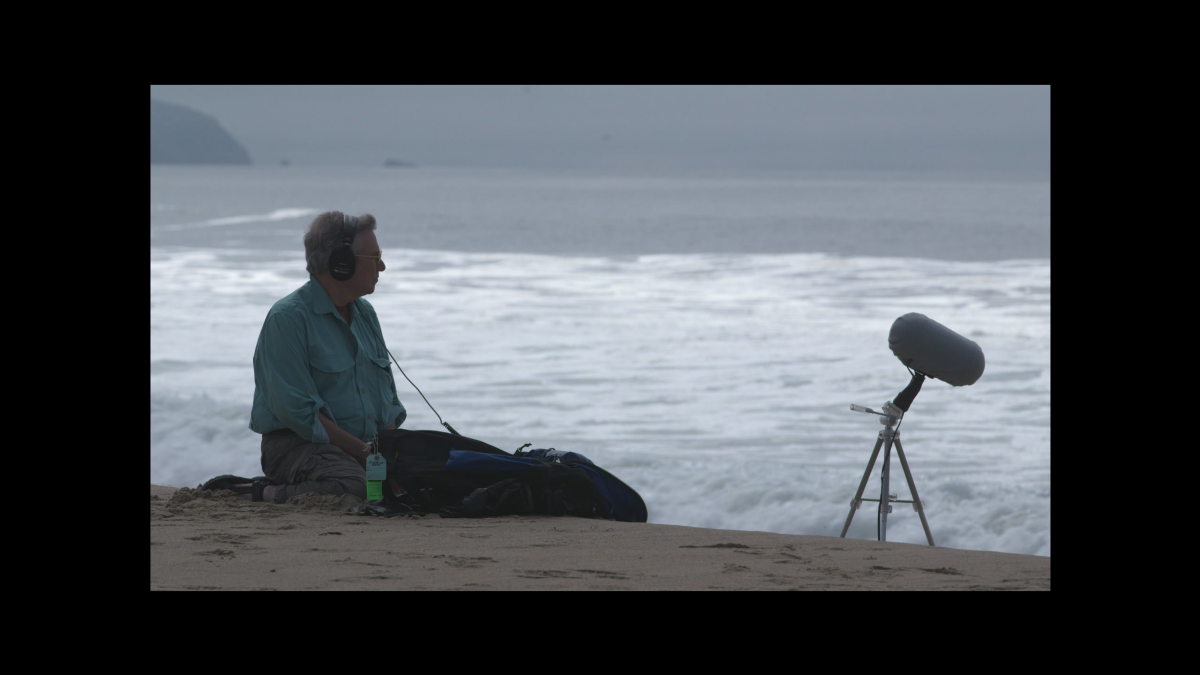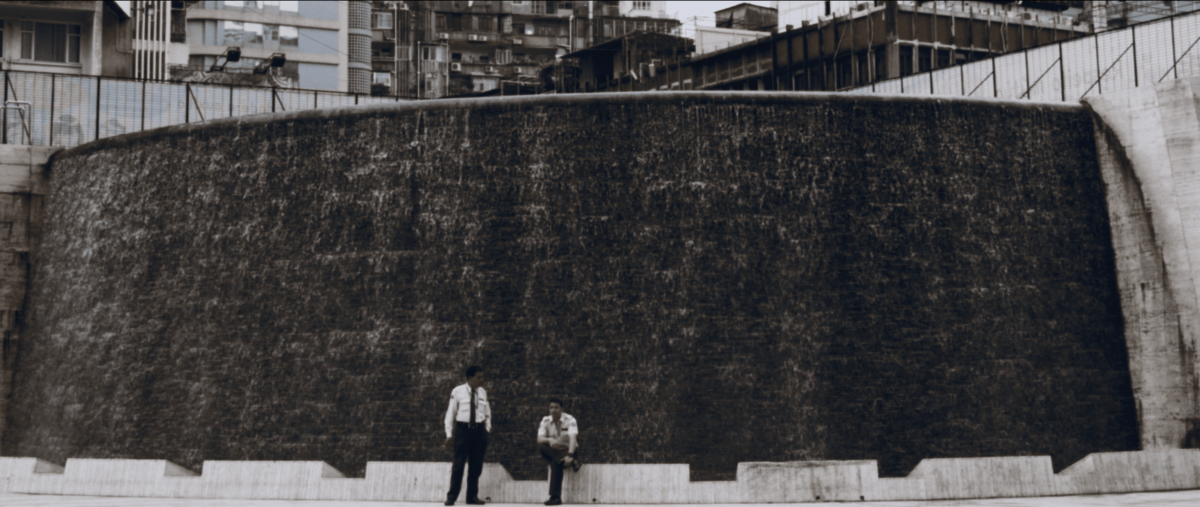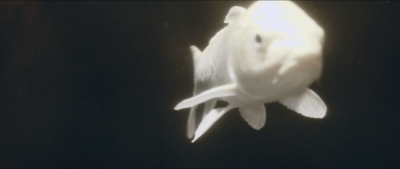
Cinesonic Holism
Veteran Hollywood sound designer Midge Costin’s Making Waves: The Art of Cinematic Sound promises to reveal the hidden power of sound in cinema. And it does, as Dan Barrow discovers, even as it leaves him pondering the potential for a more holistic «cinesonic» approach.
→ Check all articles of this special
→ Download PDF with introduction and table of contents
Making Waves: The Art of Cinematic Sound, directed by longtime Hollywood sound designer Midge Costin, tells one of cinema’s more seductive just-so stories. Purists saw, and continue to see, the introduction of synchronized dialogue with 1927’s The Jazz Singer as destroying the visual nature of film as an art form. Others saw it as adding a new dimension, a pliable instrument for narrative. By the 1980s it seemed they’d been proven right. The new kind of blockbuster that emerged from 70s Hollywood and remade the world in its image put cinema sound systems to sensational use, as most obviously heard in Star Wars’ library of quirky effects. The shift – so the narrative of the film’s middle section tries to convince us – was the work of a few enterprising nerds who’d known each other at the University of Southern California in the electrified late 60s.
There’s a kernel of truth to that. If contemporary blockbusters rely heavily on sound – the placement of effects, the swell and presence of music, the crisp ripple of dialogue – for their «immersive» effect, Ben Burtt and Walter Murch, who worked on sound for their friends George Lucas and Francis Coppola, made it count. Murch’s work on The Godfather (1972) and Apocalypse Now (1979) represented the tipping point. The sound mix for the latter took well over a year, with each member of a team working under Murch responsible for a «layer» of sound – gunfire, helicopters, the background noise of Filipino jungles, alien synthesizer music – panned around a new six-speaker setup. The results at once declared themselves as deeply naturalistic – seamless, with an enormous depth of field and the apparently accidental quality of real environmental sound – and intensely artificial, being completed in the studio almost entirely from high-fidelity recordings sourced from audio libraries.

Sound Affects
As Murch notes towards the beginning of Making Waves, part of what makes sound so affecting is that humans hear in the womb before they see. Sound affects viewers below the level of consciousness – words like «primal» and «overwhelming» are repeated throughout the film – a power that Hollywood converts into box-office cash. But other possibilities lie dormant in sound design. Murch relates how he came to film sound through hearing the musique concréte of Pierre Schaeffer as a child, making his own tape experiments with recordings off the radio. The complexity and strangeness of such technologically designed soundscapes leaks through only occasionally in commercial film, usually subordinated to the needs of realist narrative. Rather than the metaphors that Making Waves uses to describe sound design – an «orchestra», or the even clumsier «circle of talent» – it would be better to use Philip Brophy’s concept of the «cinesonic», fusing sound and image into a porous, pre-rational headspace charged with volume, electricity, unseen music and the uncontrollable sound of the environment. That model of sonic freedom can increasingly be heard in the work of contemporary electronic musicians like Oneohtrix Point Never or Bee Mask, from which, we might hope, it could flow back into independent film.
The film «Making Waves: The Art of Cinematic Sound» by Midge Costin was officially selected at the Norient Film Festival NFF 2021. See full program here.
This text is part of Norient’s essay publication «Nothing Sounds the Way It Looks», published in 2021 as part of the Norient Film Festival 2021.
Bibliographic Record: Rhensius, Philipp. 2021. «Editorial: NFF 2021 Essay Collection.» In Nothing Sounds the Way It Looks, edited by Philipp Rhensius and Lisa Blanning (NFF Essay Collection 2021). Bern: Norient. (Link).
Biography
Links
Published on January 19, 2021
Last updated on April 09, 2024
Topic
Does a crematorium really have worst sounds in the world? Is there a sound free of any symbolic meaning?
Snap




